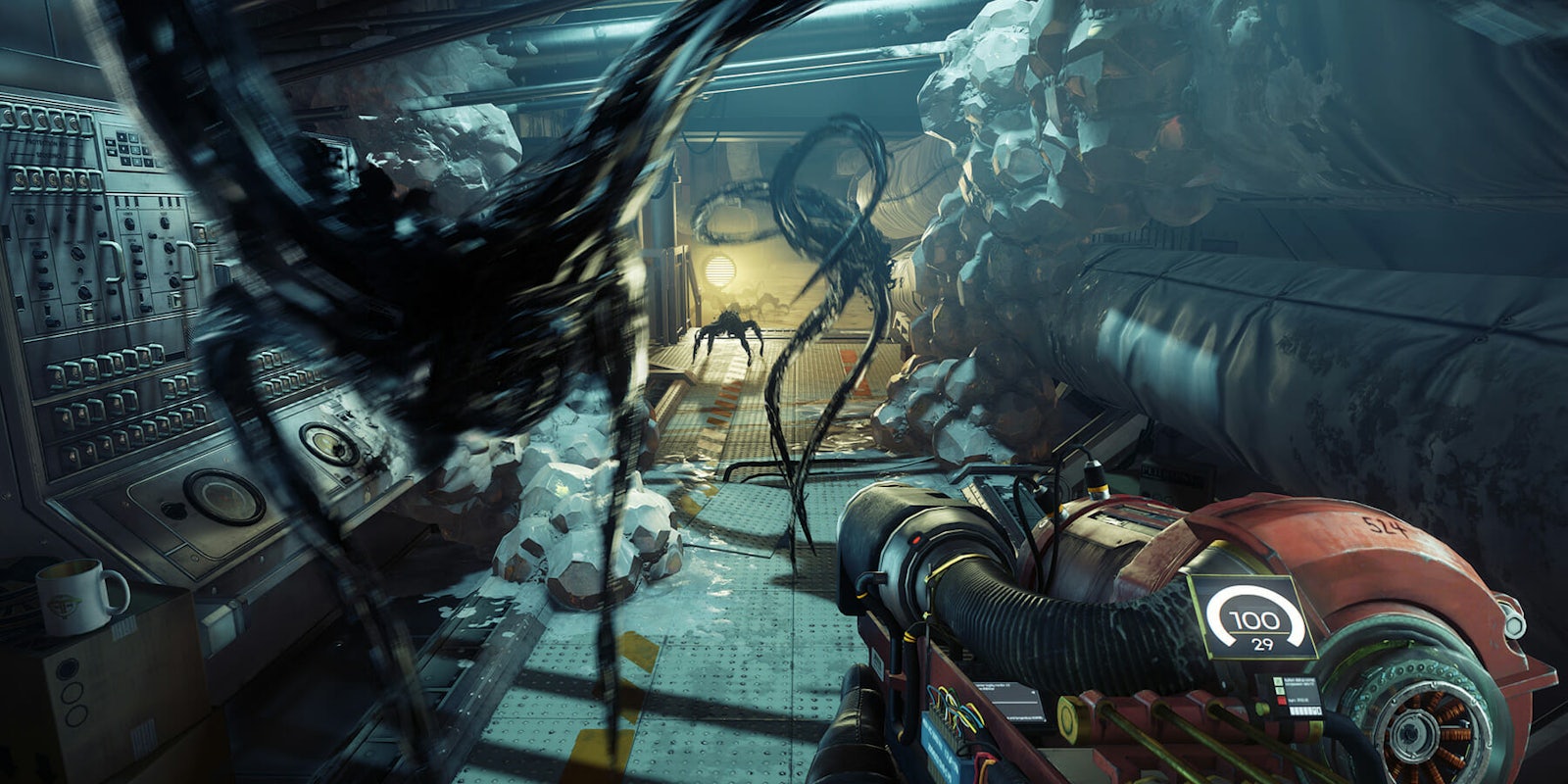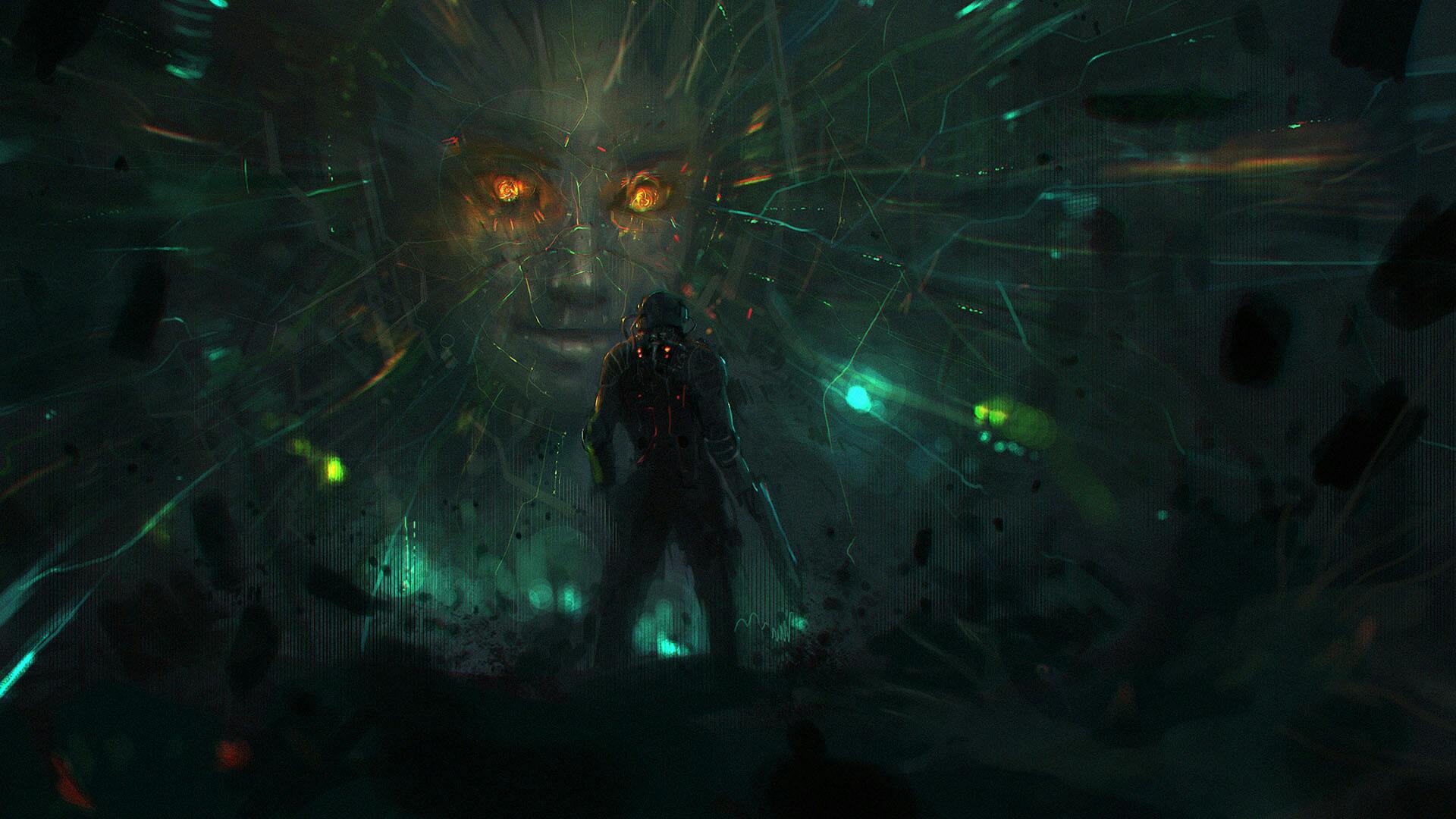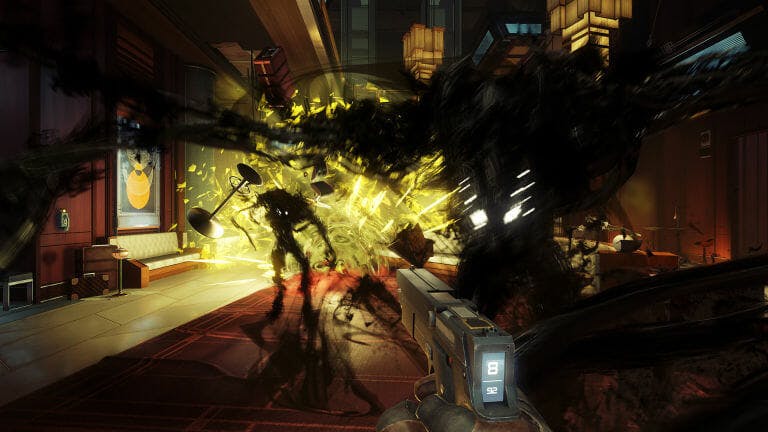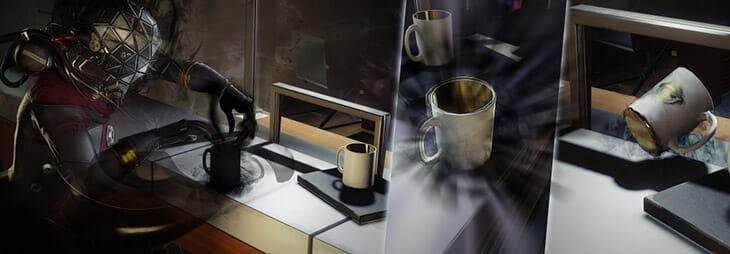The first footage for Arkane Studios’ latest shooter, Prey, set an eerie tone when it debuted at E3 2016. Many fans recognized the name, but this game was shrouded in ambiguity, teasing a nightmarish situation with ghostly figures and a Groundhog Day-esque setup. That trailer introduced the concept of Morgan Yu’s hellish adventure aboard the Talos I space station, but with the game finally launching today, we still know very little about the specifics of the studio’s follow-up to Dishonored 2.
I sat down with Prey’s Creative Director Raphael Colantonio to discuss some of the team’s inspirations, as well as where the game’s story might be headed.
A game with the same name was released in 2006 from Human Head Studios. While many thought this title was actually Prey 2, it has no ties to the original. Why was it important that this be a Prey game?
We really approached this as a new IP. It doesn’t have anything to do with the original Prey, other than the high-level concept which was “first-person shooter, aliens, aboard a space station.” I think its a great name. I mean, how many four-letter names are available out there? Not that many. There is a theme I think people remember, but that’s the best connection I can find. There’s a lot of movies that have the same name but are not the same movie or a sequel. It doesn’t bother people in Hollywood, but for some reason it does in video games.
The trailers for this game tease a very dark, haunting atmosphere. Would you consider Prey to be a horror game?
I think it would be wrong to call Prey a horror game, because it was not our intention. However, there are some horror moments and vibes and moods. I would understand why some people might call it that, but it would set up the wrong expectations. It is more survival, but not like survival horror. Resources are very scarce, and you need to escape this place, but also find out what happened to you. It’s very introspective.
Outside of the first Prey, parts of this game seem very familiar. It is quite reminiscent of BioShock, and Deus Ex, but were there any other inspirations?
As a game, I think System Shock is a very good model for what the game looks like moment to moment. It’s also got the same DNA as Dishonored. It’s the same company, so there’s the same dedication to craft our worlds very dearly, all the simulation, giving a large amount of tools to the player so they can solve the situation, all those same values.
Deliberately, we did not want Morgan Yu to have so much of an identifiable personality. They have a background, but not a personality, so the player can identify with them. And that’s also why you can choose female or male; [for us] that was an ingredient of identification.
At the beginning of the game, you are a scientist, you’re very good at what you do. You have a good reputation, and it’s your first day of work. That’s all you know at that point, but later on you find out you’re actually a really great neuroscientist and that you’ve done some pretty cool research as to how to modify the brain to acquire new abilities, for example.
Obviously, things go wrong aboard the space station Talos I, and for most of the game, people are gone. You’re playing through these empty levels, and it has to be a space that was conceivably lived in by employees, but also fits the horror-inspired gameplay. How do you design that?
We actually have a number, and we gave names for all of [the employees], even though you will only meet a few survivors. All the dead people have stories, and if you go to the quarter area, you can find the bedroom with their belongings. It’s all about designing a very cohesive world. And because everything happens on a space station, it’s a very finite world, where we can design every detail of the environment.
They’re onboard the space station, and at first you don’t know why. What you perceive pretty quickly is that there is some sort of ecology between them, a hierarchy. The Mimic is the first one that you meet, a scout that hides and turns into objects, and multiplies by feeding on other living things. When there’s a lot of them together, they can create another creature we’ve seen called a Phantom, which they elect from dead humans.
There are more and more, and they work toward their overarching goal like a group of ants, each with their own purpose. They are more of an organized, coordinated force. We wanted an original design for aliens, so we went with something a little more paranormal instead of the traditional insectoids or lizard men with laser guns, so it lends to that overall feel of the game.
This isn’t a traditional FPS, being much more systems-based. How are players expected to deal with the aliens, other than shooting them in the face?
You’re on board of a space station, so there are not many weapons. Only what you would logically expect to be there. At the end of the day, you use a lot of tools as weapons that were not specifically designed to be. The Gloo Gun was one of them, a device that was used to trap aliens in case one of them escaped containment. But what it does [is] it creates this foam that hardens and you can create paths to climb or douse fires with it. We have a set of tools like that that players can use as weapons.
Players also get access to a variety of powers, one of which is the Mimic’s ability to transform into objects. What was the idea behind that unique gameplay element?
It was born as a consequence of prior decisions. One day, we designed the Mimic itself, a creature that can turn into other objects. In Dungeons and Dragons, there was a creature in there that basically has the shape of a treasure chest and as you approach, it bites you. That came from pen and paper [games] in the ’70s, and we thought, what’s the next step for that? We came up with a creature that can turn into anything, and in a video game, that’s pretty fun.
We invented all of these monsters with their own powers, but we knew that later on we wanted the player to have their own powers. We thought about what if they actually acquired some of those powers instead of choosing from a predetermined list. But if we did that, it meant they could turn into objects as well. That sounded terrifying, and funny, and cool at the same time.
The whole game has a very creepy vibe, and the aliens have that supernatural design. Conceptually, where did the idea for the environments and enemies come from?
It starts with the story of the station itself: It started a long time ago, in the ’60s actually. You see all those layers and design them logically: How would this station exist? Inside, how would people live there? How do they eat? How does gravity function? And once you have all this, then you already have the basis for the logic of each of those places.
It’s one of those things that took a long time. We started with the idea of aliens aboard a station, and why the scientists were working with them. It is way later when the ghostly aspect of [the aliens] comes along and tinted the entire game that way.
Prey will be available for PC, Xbox One, and PS4 on May 5. A demo of the first hour is currently free on Xbox Live and PlayStation Network.





